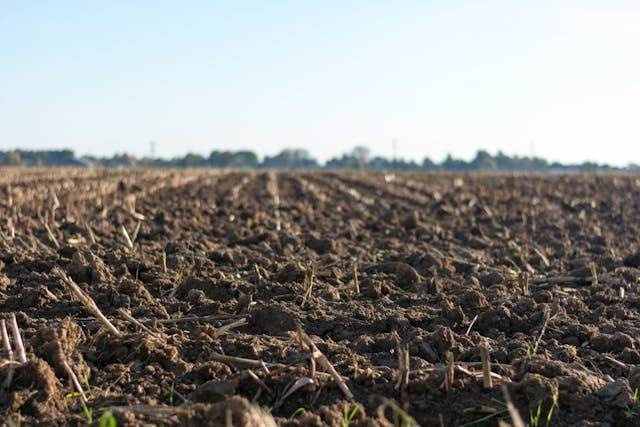Odour Control in Waste Management Facilities

Waste management facilities are notorious for producing strong, unpleasant odours due to the decomposition of organic matter. Effective odour control is paramount to minimize community discomfort and adhere to environmental regulations.The primary sources of odour in waste management include landfill sites, composting facilities, and wastewater treatment plants.
As organic waste decomposes, it releases compounds like ammonia, hydrogen sulfide, and volatile organic compounds (VOCs), which are potent and often unpleasant.To manage these odours, waste facilities employ various strategies. One common method is the use of aerated covers on landfills. These covers use biochar or compost material to adsorb odour compounds.
Additionally, covering waste with soil can significantly reduce odours by limiting exposure to air.Biofilters are another effective solution odour neutraliser. These involve pushing odorous air through a medium like wood chips or compost, where microorganisms break down the odour-causing compounds. This method is environmentally friendly and effective for large volumes of air.
Chemical solutions such as ozone treatment and the use of masking agents can also be employed. Ozone oxidizes odour molecules, neutralizing them, while masking agents add pleasant scents to reduce unpleasant odour perception.Effective odour management in waste facilities is not merely about technology; community engagement and transparency are crucial. Involving local communities in planning and decision-making can build trust and reduce conflict, ensuring smoother facility operations.
